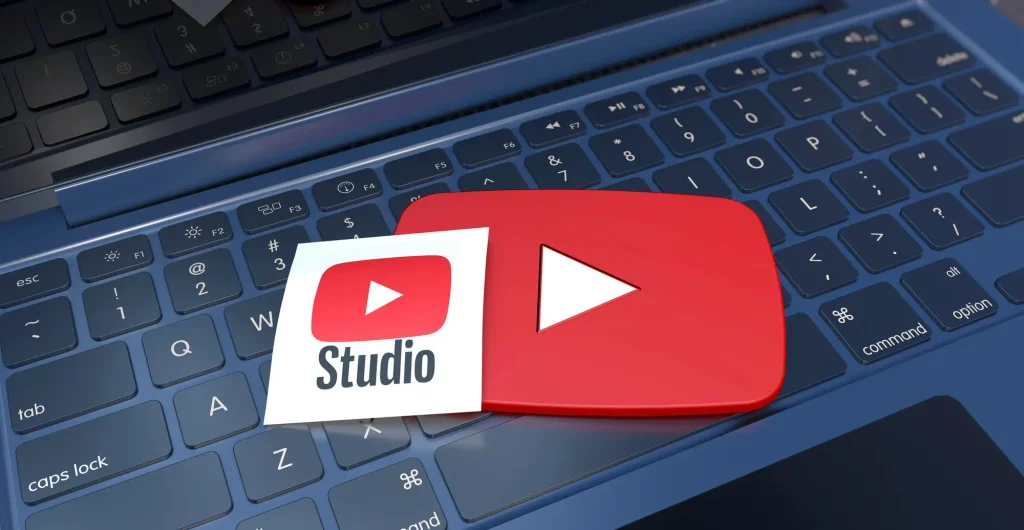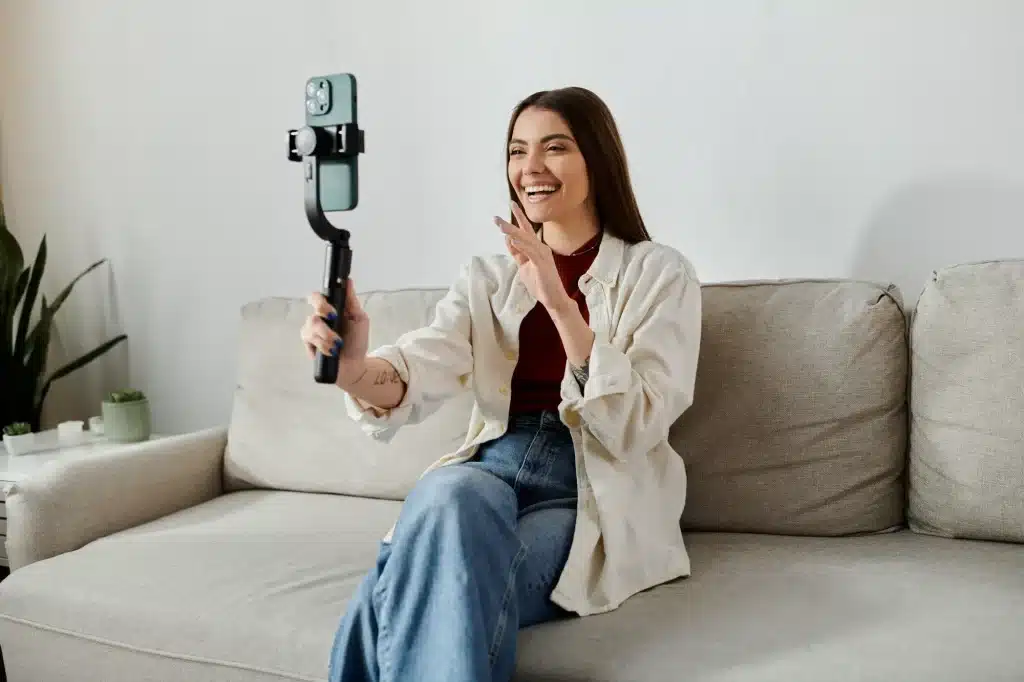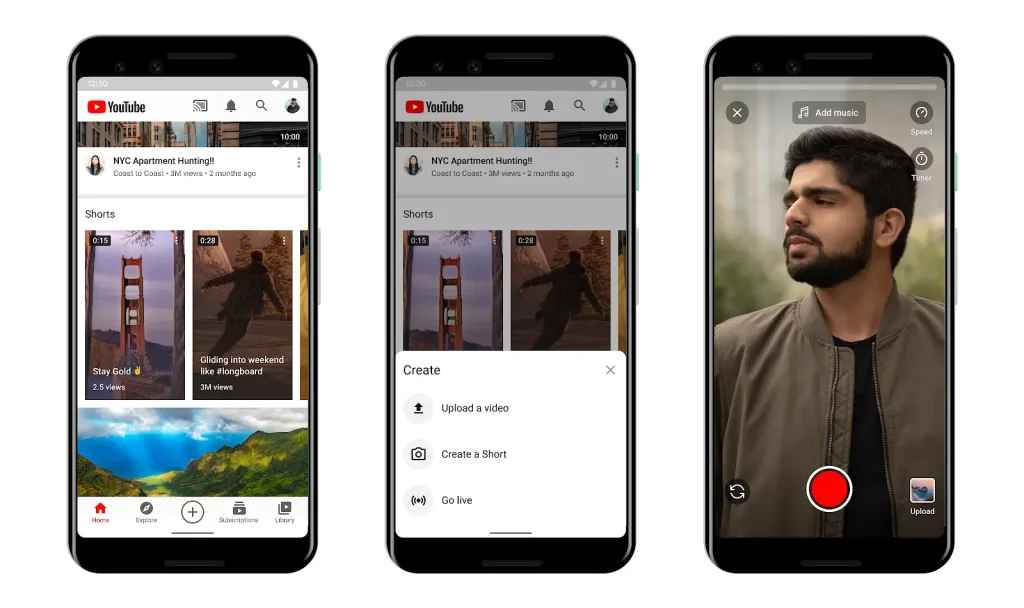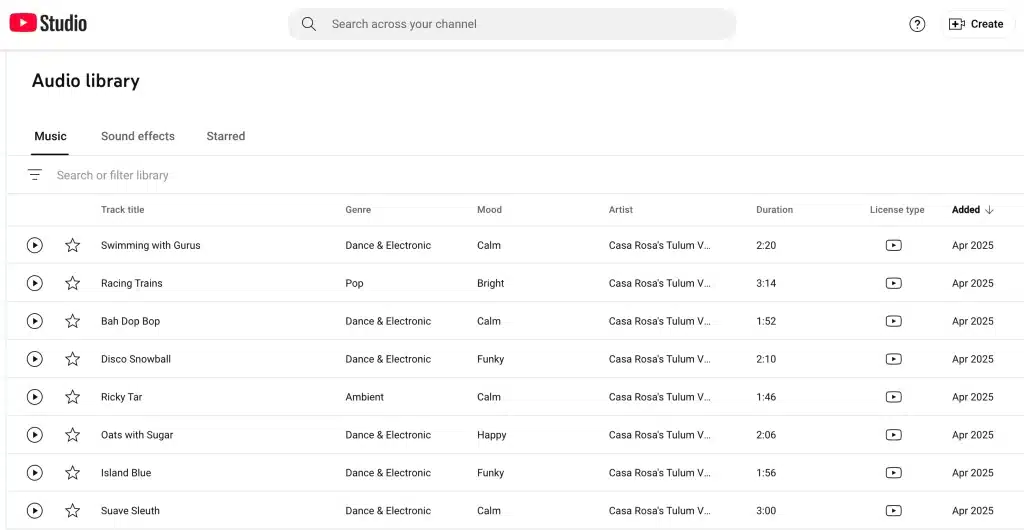Equinix to build £3.9bn Hertfordshire data centre
Equinix plans to invest £3.9 billion in the project, which will deliver 250+MW of compute
YouTube is expanding its creative toolkit with a powerful new AI-driven feature that could transform how creators add music to their content. The recently launched Music Assistant represents a significant advancement in YouTube’s growing suite of AI features, allowing content creators to generate custom instrumental tracks without worrying about copyright issues.¹

The Music Assistant is YouTube’s latest innovation in the AI music generation space, integrated directly into the platform’s Creator Music marketplace. This tool gives video creators the ability to produce copyright-free instrumental tracks using simple text prompts.²
When using the feature, creators with access will notice a dedicated “Music Assistant” tab within Creator Music. The interface is straightforward—users describe the type of music they want in a free text field, specifying details like instruments, mood, and video context. YouTube also provides suggested prompts to help users get started with the tool.
For example, creators might request “calm and peaceful music with acoustic guitar and flowing piano” or “happy mood songs with good beats.” The system then generates multiple options based on these specifications, allowing creators to select the track that best suits their content.³

The introduction of Music Assistant addresses one of the most persistent challenges for YouTube creators: finding suitable background music that won’t trigger copyright claims. By generating completely original instrumental tracks, the tool eliminates copyright concerns entirely.
This represents a significant advantage for creators who previously had to navigate complex licensing agreements or pay for royalty-free music services. The free nature of this tool makes quality background music accessible to creators at all levels, potentially democratizing content production even further.
As YouTube confirms, all music created through the Music Assistant tool is completely free to use, offering creators a cost-effective alternative to traditional licensing options. This feature reduces the time and resources spent on sourcing music, allowing creators to focus more on storytelling and content production.⁴
Currently, the Music Assistant feature is being gradually rolled out to creators who participate in the YouTube Partner Program in the United States and have access to Creator Music, the platform’s commercial music licensing resource launched in 2023.⁵
Creators with access to the tool can find it within the Creator Music section of YouTube Studio. The process for generating music is straightforward:
1. Navigate to the Music Assistant tab in Creator Music
2. Enter a text prompt describing your desired music style, mood, and instrumentation
3. Review the generated options
4. Download your preferred track
5. Add it to your video without copyright concerns
The process leverages natural language processing to interpret creators’ music needs, making sophisticated music generation accessible to users without specialized music production knowledge.⁶

Beyond Music Assistant, YouTube is also testing complementary features specifically for short-form video creators. These include functionality that automatically synchronizes short content with selected music tracks and an option to automatically create short videos synced to music using photos from a creator’s gallery.
YouTube is currently allowing a small group of creators to test this experimental auto music-syncing feature for short-form videos, with plans to expand availability in the future.⁷

Prior to Music Assistant, creators often relied on subscription-based services like Epidemic Sound or navigated YouTube’s pre-existing music library, which required understanding complex licensing terms. The new AI-powered approach simplifies this process considerably.
Unlike standard stock music libraries, Music Assistant creates custom tracks tailored to specific creative needs, potentially offering a better match for content. This customization capability addresses a common frustration among creators—finding music that precisely fits their vision.
The platform has worked with organizations like the RIAA and Motion Picture Association to establish ethical guidelines for AI implementation, ensuring that Music Assistant respects intellectual property rights while delivering innovative solutions for creators.⁸
YouTube’s Music Assistant represents an important step forward in making content creation more accessible and removing traditional barriers. By offering creators a free, easy-to-use tool for generating custom, copyright-safe background music, YouTube continues to evolve its platform to support creator needs.
As AI integration becomes increasingly prevalent across creative platforms, tools like Music Assistant demonstrate how artificial intelligence can enhance rather than replace human creativity, offering new opportunities for expression without technical barriers.
For eligible creators, this new feature provides a valuable resource that simplifies workflow, reduces costs, and expands creative possibilities—making it easier than ever to produce professional-quality content with custom soundtracks.⁹
Citations
1. “YouTube launches new AI music tool… that makes instant copyright-free video soundtracks.” Music Business Worldwide, 11 Apr. 2025.
2. “YouTube to roll out AI-powered music generation tool for creators: Details.” Business Standard, 11 Apr. 2025.
3. “YouTube launches free AI music-making tool for creators: How it works and more.” Times of India, 11 Apr. 2025.
4. “YouTube launches ‘Music Assistant’ AI tool to help creators generate custom tracks.” Business Today, 11 Apr. 2025.
5. “YouTube launches free AI music-making tool for creators: How it works and more.” Times of India, 11 Apr. 2025.
6. “YouTube’s new AI tool generates free background music for videos.” The Verge, 11 Apr. 2025.
7. “YouTube to roll out AI-powered music generation tool for creators: Details.” Business Standard, 11 Apr. 2025.
8. “YouTube launches new AI music tool… that makes instant copyright-free video soundtracks.” Music Business Worldwide, 11 Apr. 2025.
9. “YouTube launches free Music Assistant AI tool for creators.” Android Headlines, 11 Apr. 2025.
Please note, that the author may have used some AI technology to create the content on this website. But please remember, this is a general disclaimer: the author can’t take the blame for any mistakes or missing info. All the content is aimed to be helpful and informative, but it’s provided ‘as is’ with no promises of being complete, accurate, or current. For more details and the full scope of this disclaimer, check out the disclaimer page on the website.
The post YouTube Just Made It Easier to Add Music to Your Videos with AI—And It’s Free appeared first on AI GPT Journal.
Author: Jim Malervy - This post was originally published on this siteEquinix plans to invest £3.9 billion in the project, which will deliver 250+MW of compute
Key takeaways What Is Imagine Lens—and Why It Matters Snapchat’s Imagine Lens lets us create…
Packages downloaded from NPM can fetch dependancies from untrusted sites.
Exclusive Edge, Atlas, Brave among those affected
A critical, currently unpatched bug
The announcement brings Amazon’s total pledged investment in South Korea to $9 billion over the